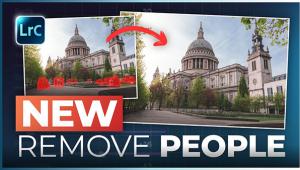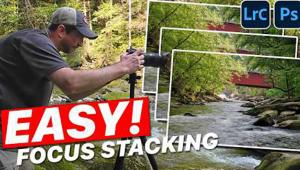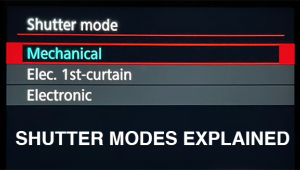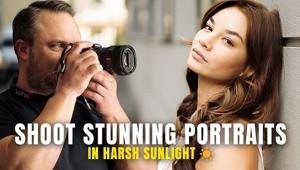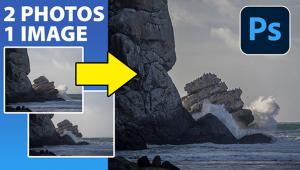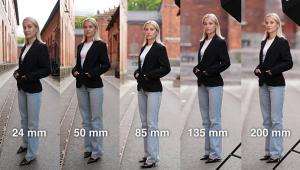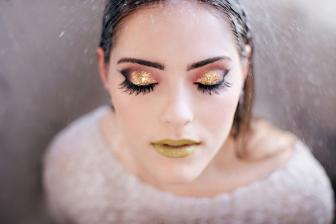Digital Help
Q&A For Digital Photography
| This column will attempt to provide solutions to problems readers may have getting into and using digital cameras, scanning, and using digital photographic images with a computer and different kinds of software. All questions sent to me will be answered with the most appropriate information I can access and provide. However, not all questions and answers will appear in this column. Readers can send questions to me addressed to Shutterbug magazine, through the Shutterbug web site, directly via e-mail to: editorial@shut terbug.net or by US Mail to: PO Box 2830, Lompoc, CA 93438. Q. I just bought a new Sony
19" monitor which is really excellent. I plan to use it for digital darkroom
work with Photoshop. I have three color temperature options: 9000K, 6500K,
and 5000K. The monitor looks best with 9000K, but should I set it for
a lower color temperature that more closely approximates daylight? Q. I work for an engineering
firm that does building inspections throughout New York City. We use high-powered
telephoto lenses to shoot objects several hundred feet away. All of our
equipment uses standard optics and film. We are thinking of going digital,
if possible. My question: Is there a reasonably priced digital camera
package that will have an optical zoom that can match that of a 400mm
telephoto lens? Changing lenses on the fly is also important since we
also use a wide angle lens. Thanks. Q. As someone influential
in the industry, I thought you would be interested in my true story, and
would pass it on to someone who should know. Q. I'm curious about the
earliest digital still cameras. I recall the Sony Mavica that was introduced
about 1981. Can you tell me which manufacturer was first to enter the
consumer market? Was Kodak involved with an early model? Which company
is credited with the invention of the digital still camera? I wonder how
the specs of the first models compare to today's models. Answers to these
questions may interest your other readers. Q. For the sake of sending
some photos by e-mail, no more than 4x6", I have been experimenting with
the "Create for Web" in Photoshop 5.5 to obtain maximum benefit. For instance
a typical image 0.918x1.568" at 1200dpi with a 5.94M file would produce
a 15.306x26.125" image with 72dpi with a 5.94M file, after going through
the Create for Web option. Was this the intention of Adobe designers?
It seems that Photoshop has translated the 1200dpi into the 72dpi for
normal PC viewing. Am I correct to assume that? And if I reduce the resulting
file proportionately to the appropriate ratio [4x6] am I going to be penalized?
Was that the objective of that new function? Your comments would be welcome.
Q. Will Shutterbug be reviewing
Nik Color Efex Pro digital filters any time soon? I note from their web
site that the program includes a digital polarizer. While their sample
looks good on the screen (www.tech-nik.com/CEPsample.html), I am reluctant
to spend $300 based on that alone. Can a digital filter effectively replace
the real thing? It would certainly be an advantage if I could use a polarizing
filter after the fact--plus giving me up to two more stops. Are there
other sets of digital versions of the most useful optical filters available?
Thank you. Q. I am just starting to
fiddle with Photoshop and am wondering is there a function that is more
or less equivalent to a Graduated Neutral Density filter as we know it
on cameras? Thanks. |



















